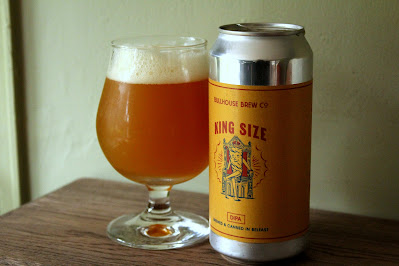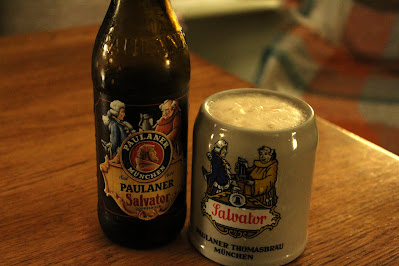Of Foam and Fury was a bit of a bombshell back in the day - rightfully scooping Beoir's Beer of the Year for 2013 (I think?) with it's proper heft and blast of hops. From my first draught pull I was impressed, but it's been years since I've gone back.
Good timing then for a bit of a revival, albeit modernised and embellished with some Riwaka in celebration of its twelfth year. There's something immediately anachronistic going on here, as Of Foam and Fury Riwaka Edition pours pale and hazy. Another crank of the 'modernise' dial has led to a nose that is sweet and juicy with passion fruit tropicals and a heavy lean toward stone fruit. So far so pleasant, if not entirely in line with the original flavour profile (which, to be fair, is loudly announced on the label of the beer).
The true novelty and queerness of the beer is apparent on the palate though, where there's an initial wash of what I initially could only describe as butter. No, not diacetyl or any fermentation wonk; it's the strangest thing, a particular creamy sweetness that almost does suggest butterscotch and that is quite at odds with the zestier notes also making themselves known. This might not sound too promising but arguably even queerer is how the palate quickly adjusts to it, as it turns to a more conventional vanilla. This vanilla along with lime maramalade, tangerine and sparkly sherbert are a sweetish bounty that fill the mouth before calming and rounding down to pineapple and apricot. It's unconventional, it's unexpected, it's delicious. Gone is the crystalline caramel of the old beer - this is almost always the first thing to go with these sort of throuwback beers - but the new hazy vanilla body is not quite the standard NEIPA mode, though it's clearly in that ballpark.
This is nothing like Of Foam and Fury of old, and more importantly - and impressively - it's nothing like most of the more modern/hazy IPAs around at the moment. Mission accomplished.













